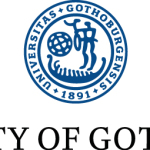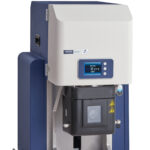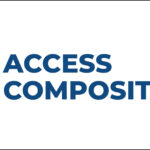Researchers at the Norwegian University of Science and Technology (NTNU), Aberystwyth University in the UK, University of Gothenburg and Dublin City University discovered the merits of using graphene as an alternative coating for catheters to improve the delivery of chemotherapy drugs.
Since negative interactions may occur between the most commonly used chemotherapy drug, 5-Fluorouracil (5-Fu), and silver (one of the most widely used coating materials in medical applications), the drugs may not deliver the desired therapeutic effect in patients.
Also, a by-product of the reaction between 5-Fu and silver is hydrogen fluoride (HF), a strong acid, that may further compromise the patient.
The scientists found that placing graphene on the internal surfaces of intravenous catheters (commonly used to deliver chemotherapy drugs into a patient’s body) can help prevent these interactions and improve the efficacy of treatments, and reduce the potential of the catheters breaking.
The researchers used a technique known as x-ray photoemission spectroscopy (XPS) to study the chemical composition of 5-Fu, as well as the drug’s reactions with silver and graphene. Their results showed that when 5-Fu comes into contact with silver, reactions occur in which there is a massive loss of the element fluoride from the drug, leading to the creation of HF. When the researchers repeated this experiment with 5-Fu and graphene, they found that these reactions completely disappeared and that graphene caused no damage to the drug.
The researchers state that the fabrication of thin graphene coatings is technological feasible and can even be grown on top of silver to maintain compliance with existing fabrication methods.















